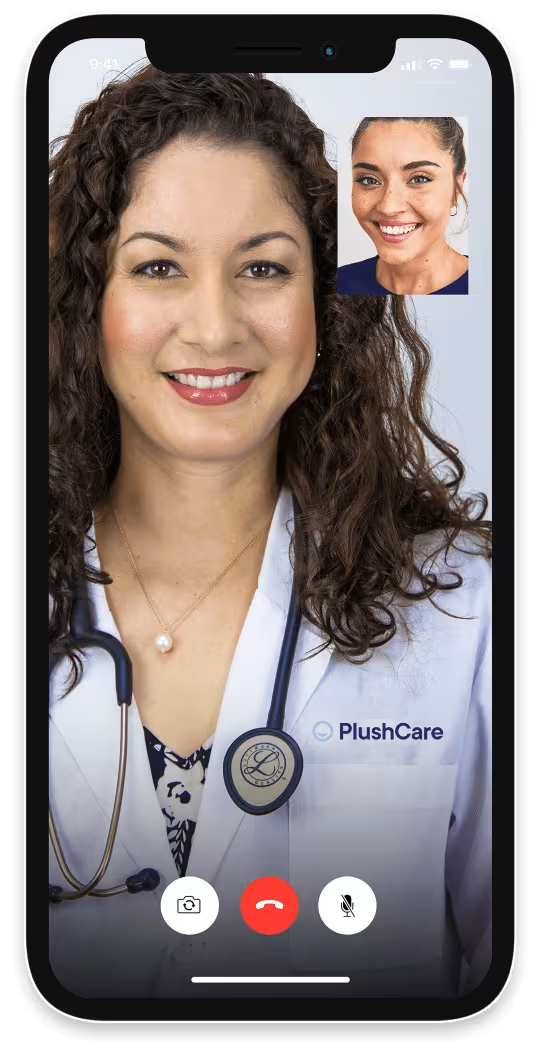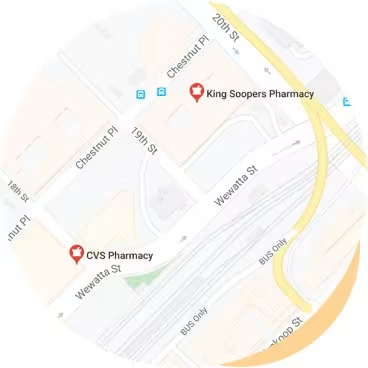
About DiaBeta (glyburide)
DiaBeta is considered a sulfonylurea, which functions by encouraging your body to produce more insulin and use this insulin efficiently. Because an individual needs to be able to produce insulin naturally for glyburide to work, glyburide is not an effective treatment for type 1 diabetes.
Some conditions that DiaBeta is known to treat include type 2 diabetes mellitus. DiaBeta is available only by prescription. It is available in a generic formulation as glyburide, as well as under different brand names.
DiaBeta may be prescribed as an oral tablet. It’s always important to follow the specific instructions on your prescription, as they can vary based on the formulation and dosage that you are prescribed.
If you are prescribed DiaBeta, be sure to complete the full course of the sulfonylurea unless your doctor specifically tells you to stop. If you don’t complete your prescription, the sulfonylurea may not fully treat your type 2 diabetes.
DiaBeta uses
There is one FDA-approved uses for DiaBeta, but it may also be used off-label to treat other conditions. Your online clinician may prescribe it for any of the following common reasons. It’s also possible that your health care provider may prescribe it for other reasons not listed here. If you have questions about why a medication is prescribed, ask your online doctor or pharmacist.
Type 2 diabetes mellitus
DiaBeta is FDA-approved to treat type 2 diabetes mellitus in adults. It may be prescribed as an adjunct to diet and exercise to improve glycemic control and help lower blood glucose levels.
DiaBeta side effects
The side effects associated with taking DiaBeta are typically mild. Most DiaBeta side effects are associated with low blood sugar. DiaBeta has some common side effects. Individuals taking glyburide have reported experiencing the following side effects:
Stomach pain and nausea
Muscle or joint pain
Mild rash or skin redness
Blurred vision
Low blood sugar
There are some instances when an individual might experience adverse reactions secondary to the use of glyburide. These may include:Signs of kidney problems (dark urine, jaundice, yellowing of the eyes)
Severe skin rash, bruising, or bleeding
Severe hypoglycemia (low blood sugar)
Low levels of sodium in the body
You should call your doctor if you notice any of these side effects, or if you develop any other new or concerning symptoms. It is not known whether glyburide is safe and effective in children under 18.

How to take DiaBeta
Your pharmacist will provide you with instructions on how to take your DiaBeta prescription. Be sure to read your prescription label and follow the instructions. Call your doctor or pharmacy if you have any questions.
DiaBeta can come in different forms and doses, so be sure to follow the specific instructions on your prescription. The starting glyburide dose typically starts at 2.5–5 mg per day, but your doctor may recommend a dosage adjustment based on your blood sugar levels. Glyburide is often taken with the first meal of the day for adequate blood glucose control.

What to avoid while taking DiaBeta
DiaBeta has 485 drug interactions. Don’t change what you are taking without checking with your doctor or pharmacist. That includes other drugs or supplements, as well as over-the-counter drugs.
Possible drug interactions with glyburide include:
Aspirin
Lisinopril
Metoprolol
Esomeprazole
Drinking alcohol while taking glyburide can lead to both hypoglycemia (low blood sugar) and hyperglycemia (high blood sugar). Talk to your doctor before drinking alcohol while taking this medication.
Medication alternatives to DiaBeta
If your healthcare provider prefers to put you on another treatment altogether, they may suggest another insulin therapy or blood glucose-lowering drugs in another drug class. Here are some common doctor-recommended alternatives based on your health issue:
Type 2 diabetes mellitus
Diabeta prescription FAQs
How much does DiaBeta cost?
Depending on your pharmacy, glyburide typically costs around $29 for a supply of one hundred 3 mg micronized tablets without insurance. Glyburide is the generic version of DiaBeta, and brand-name medications may cost more. You can also save up to 80% on prescriptions as a PlushCare member with our prescription discount card.
How can I refill my DiaBeta prescription?
To refill your DiaBeta prescription, book a virtual appointment with one of our top rated board-certified doctors. After reviewing your symptoms, your doctor can send an electronic prescription to your local pharmacy, if you qualify.
Who should not take DiaBeta?
To make sure your glyburide dose is safe for you, tell your doctor if you have:
Type 1 diabetes or diabetic ketoacidosis
Hemolytic anemia (a lack of red blood cells)
Liver disease or kidney disease
Glucose 6 phosphate dehydrogenase deficiency (G6PD)
An allergic reaction to sulfa drugs
What happens if I miss a dose of DiaBeta?
If you miss a dose of DiaBeta, take the missed dose as soon as you remember. Skip the missed dose if it's almost time for your next dose. Avoid taking two doses to make up for a missed dose.
What happens if I take too much DiaBeta?
If you've taken too much DiaBeta, seek emergency medical attention or contact your local poison control center. An overdose of glyburide can lead to severe hypoglycemia.
What are the benefits of Glyburide?
Glyburide helps reduce blood sugar levels by increasing the amount of active insulin in the body. The effective and proper use of glyburide can help keep blood sugar at normal levels for an extended period of time.
Is glyburide the same as DiaBeta?
Yes, glyburide is the generic version of DiaBeta.
Is DiaBeta a sulfonylurea?
Yes, DiaBeta belongs to a class of drugs called sulfonylureas.
3 simple steps to request your DiaBeta prescription today

Step 1
Book a DiaBeta prescription request appointment.
Book a same day appointment from anywhere.

Step 2
Talk to your clinician regarding your DiaBeta prescription.
Visit with a doctor on your smartphone or computer.

Step 3
Pick up your DiaBeta prescription.
We can send prescriptions to any local pharmacy.
DiaBeta prescription pricing details
How pricing works
To get a new or refill on your DiaBeta prescription, join our monthly membership and get discounted visits.
Paying with insurance
Membership
$16.99/month
First month free
Visits
Copay
30 days of free membership
Same-day appointments 7 days a week
Unlimited messages with your Care Team
Prescription discount card to save up to 80%
Exclusive discounts on lab tests
Free memberships for your family
Cancel anytime
Visit price with insurance
Often the same as an office visit. Most patients with in-network insurance pay $30 or less!
We accept these insurance plans and many more:
Paying without insurance
Membership
$16.99/month
First month free
Visits
$129
30 days of free membership
Same-day appointments 7 days a week
Unlimited messages with your Care Team
Prescription discount card to save up to 80%
Exclusive discounts on lab tests
Free memberships for your family
Cancel anytime
Visit price without insurance
Initial visits are $129.
If we're unable to treat you, we'll provide a full refund.
DiaBeta prescription resources
Sources:
PlushCare is dedicated to providing you with accurate and trustworthy health information.
American Diabetes Association. The Cost of Diabetes. Accessed on May 15, 2023. https://diabetes.org/about-us/statistics/cost-diabetes#:~:text=People%20with%20diagnosed%20diabetes%20incur,in%20the%20absence%20of%20diabetes.
Food and Drug Administration. DiaBeta prescription label. Accessed on May 15, 2023. https://www.accessdata.fda.gov/drugsatfda_docs/label/2009/017532s030lbl.pdf
MedlinePlus. Glyburide. Accessed on May 15, 2023. https://medlineplus.gov/druginfo/meds/a684058.html
PlushCare content is reviewed by MDs, PhDs, NPs, nutritionists, and other healthcare professionals. Learn more about our editorial standards and meet the medical team. The PlushCare site or any linked materials are not intended and should not be construed as medical advice, nor is the information a substitute for professional medical expertise or treatment.